This WW2 Princess Spy Was Instrumental In Winning the War Against the Nazis
In the summer of 1943, Noor Inayat Khan became the first female wireless operator working for Britain’s Special Operations Executive (SOE) to go behind enemy lines. Khan was sent to Paris, where she was supposed to work to support the French Resistance.
Coined a World War II “spy princess,” Khan’s story is one filled with bravery and devastation. However, her story is also an interesting inside look at how British special agents worked to influence and support resistance groups in Nazi-occupied territories.
The Beginning of Noor Inayat Khan’s Story
On January 1, 1914, Khan was born in Moscow. Her father, Hazrat Inayat Khan, was a Sufi teacher. Her mother, Ora Ray Baker, was an American poet. Upon marrying Khan’s father, Ora Ray Baker changed her name to Amina Begum.

Source: Public Domain/Wikimedia Commons
Through her father, Khan was the descendant of the 17th-century ruler Tipu Sultan. Tipu Sultan ruled Mysore in southern India. This royal connection is why she would eventually be called a “spy princess.”
Khan’s Childhood
According to historians, Khan’s childhood was filled with lots of love. She was often surrounded by religious teachings and philosophical thoughts. She came from a loving family that supported her. This upbringing would eventually lead to her having pacifist thoughts as an adult.

Source: Nil Castellví/Unsplash
During Khan’s childhood, she lived with her family in London. In 1920, the Khan family moved to France. Upon this relocation, Khan experienced some difficulties as she struggled to learn the French language. However, she eventually overcame this issue.
Khan’s Father’s Death
Though Khan’s early life was mainly free of any struggles, she did experience some tragedies that shaped her life. One such tragedy came about in the death of her father in 1927.
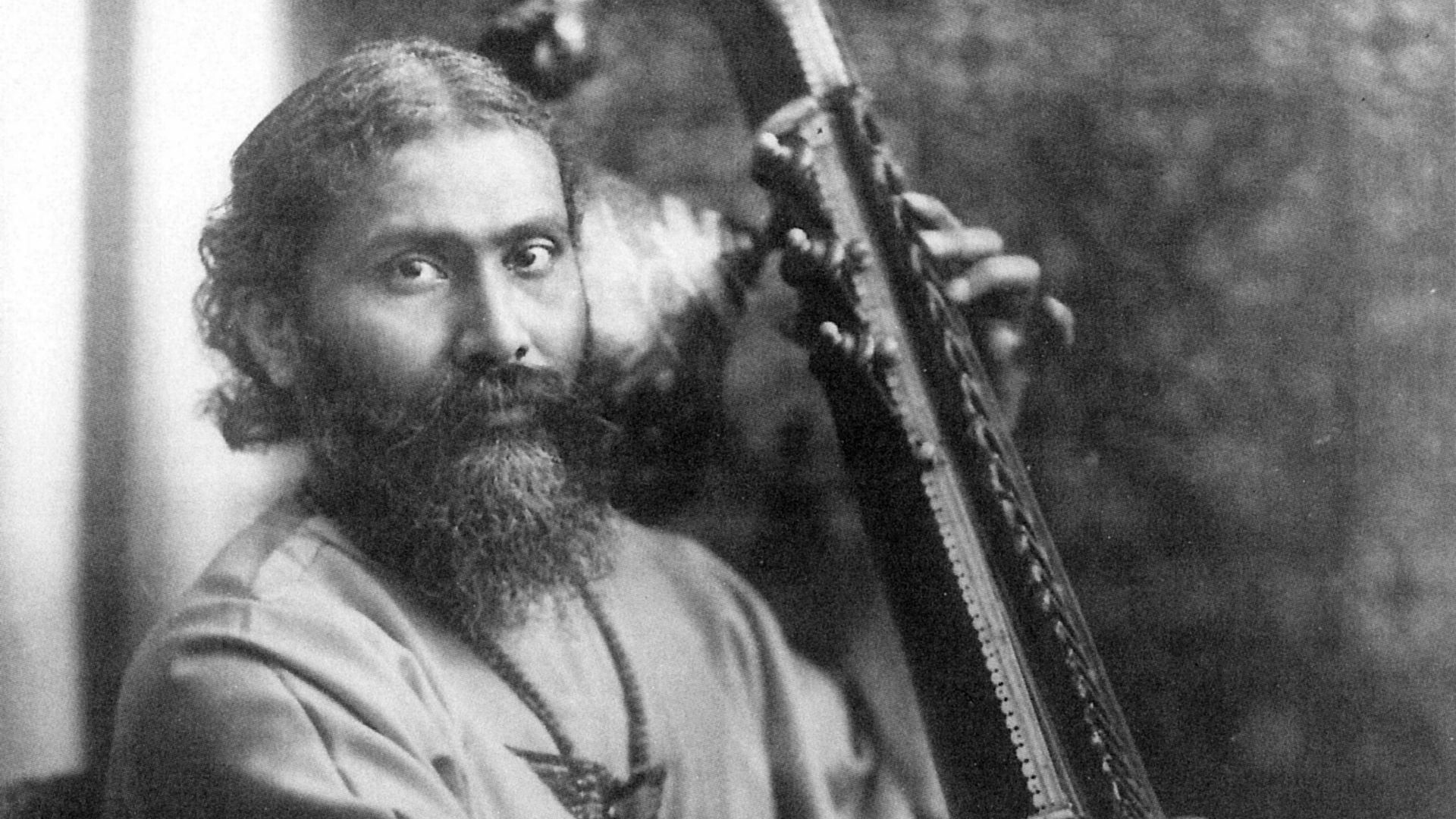
Source: Public Domain/Wikimedia Commons
Only a few months after her father’s death, Khan went to visit his homeland of India for the first — and possibly only — time. Though she never managed to return, she was greatly moved by the country.
France Falls to Nazi Germany
In 1940, Khan’s life again took a tragic turn when France fell to Nazi Germany. This led to Khan and her family fleeing to Britain, returning to the place they once called home.
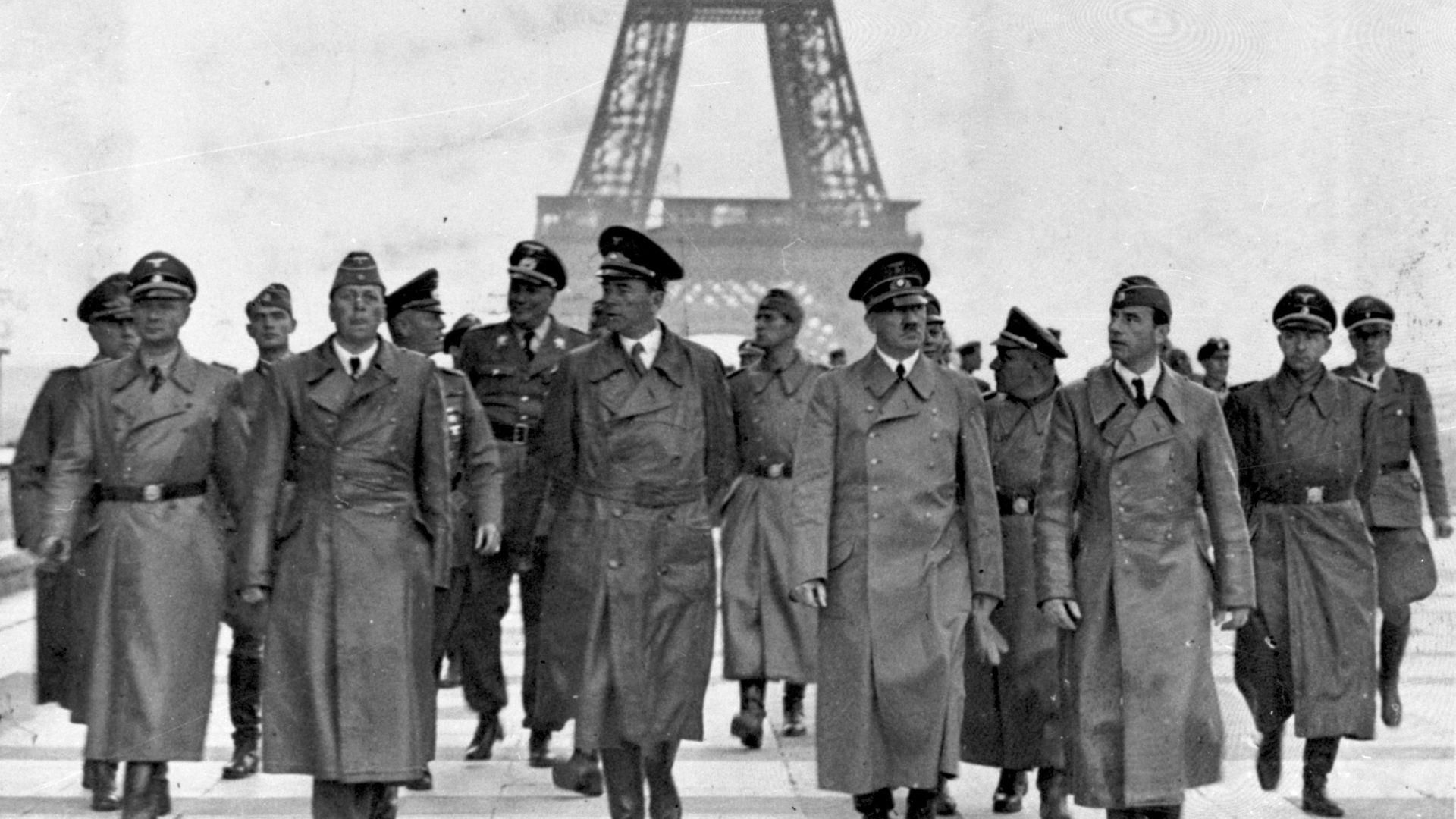
Source: Bundesarchiv, Bild 183-H28708 / Heinrich Hoffmann / CC-BY-SA 3.0/Wikimedia Commons
Upset over the war and the fall of France, Khan and her sister began to train to become Red Cross nurses. Eventually, Khan changed her tune and decided to enter the armed forces alongside her brother.
Khan Joins the Air Force
Once she realized she wanted to do more than be a nurse, Khan joined the Women’s Auxiliary Air Force. Upon joining, she was trained as a wireless operator. She quickly learned how to use Morse code, including how to send and receive these messages.
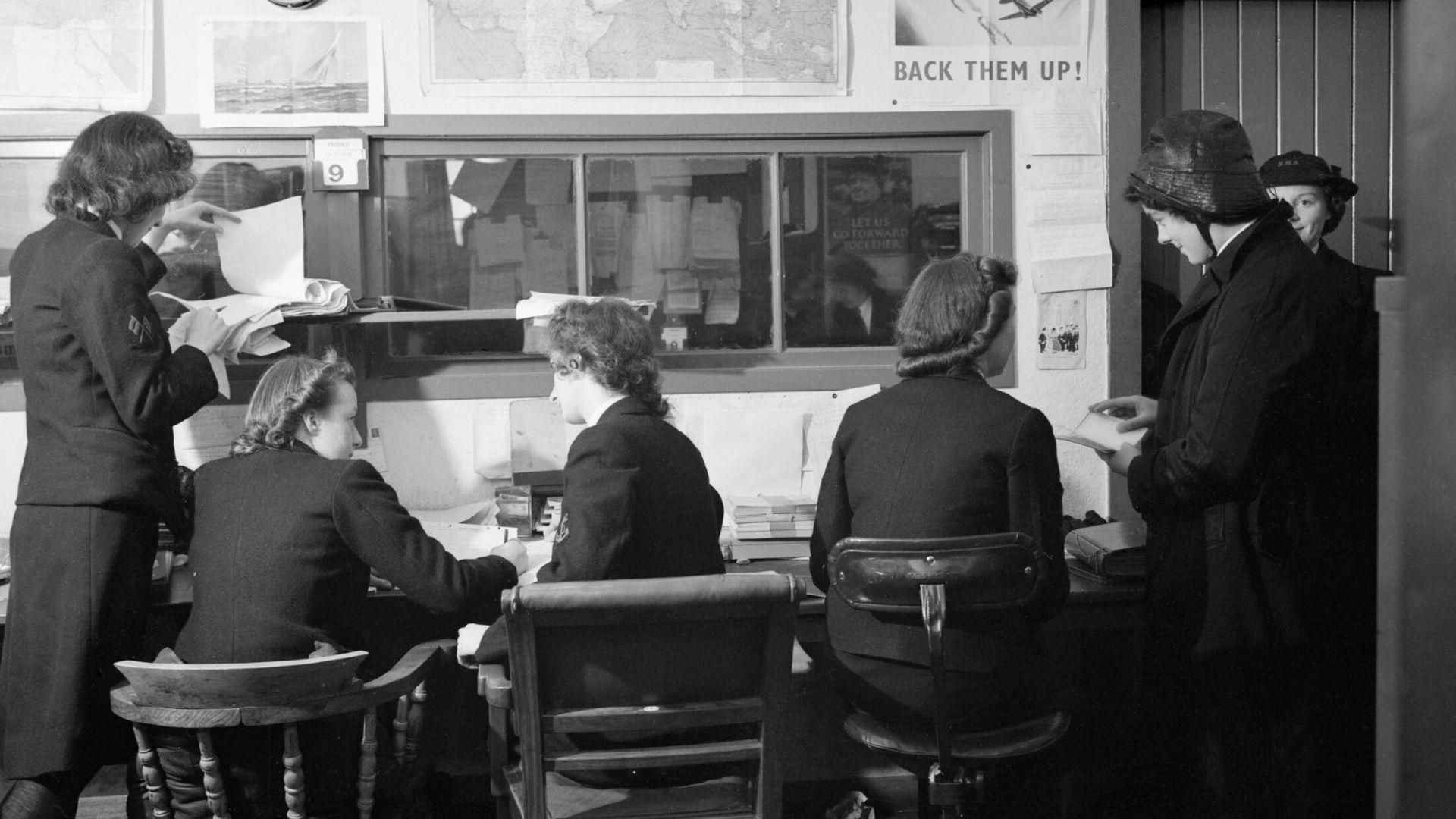
Source: Public Domain/Wikimedia Commons
As Khan was raised with pacifist views, some historians believe she may have faced struggles when joining the military. However, as she wasn’t an active soldier, she may have found a way to still help the Allies without actually fighting.
The SOE Hires Khan
Through Khan’s training with the Air Force, she quickly became a proficient wireless operator who was skilled when working with Morse code. This eventually led the Special Operations Executive (SOE), Britain’s clandestine war effort to her.
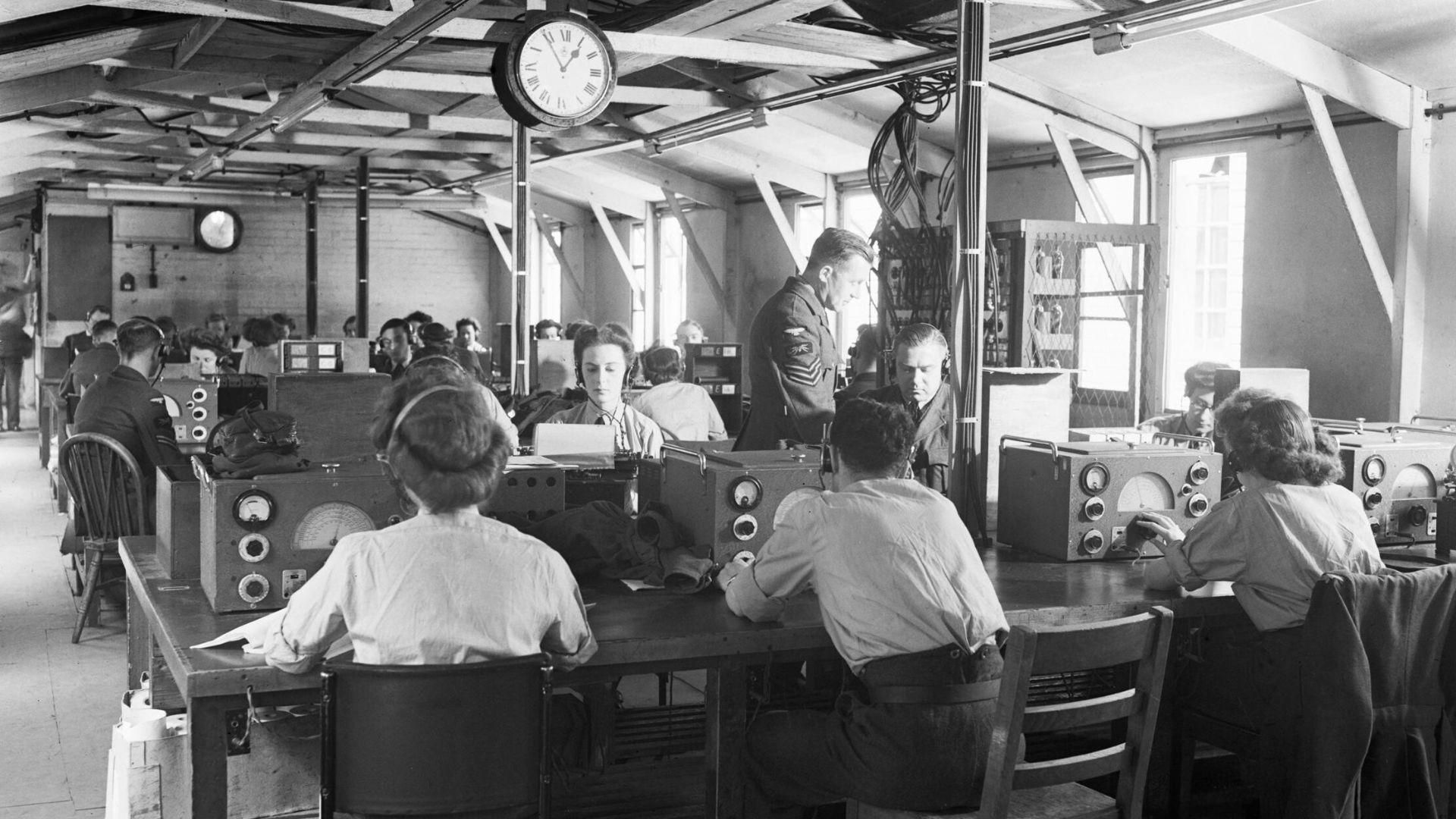
Source: Public Domain/Wikimedia Commons
The SOE recruited Khan after an interview. Quickly, they got to work training her on how to keep codes private, as well as necessary survival skills.
A Dispute Among Trainees
Though Khan was a skilled wireless operator, some of her fellow trainees and tutors didn’t think she was up for the job. These critics said she was “dreamy” and wouldn’t be good as an SOE agent.
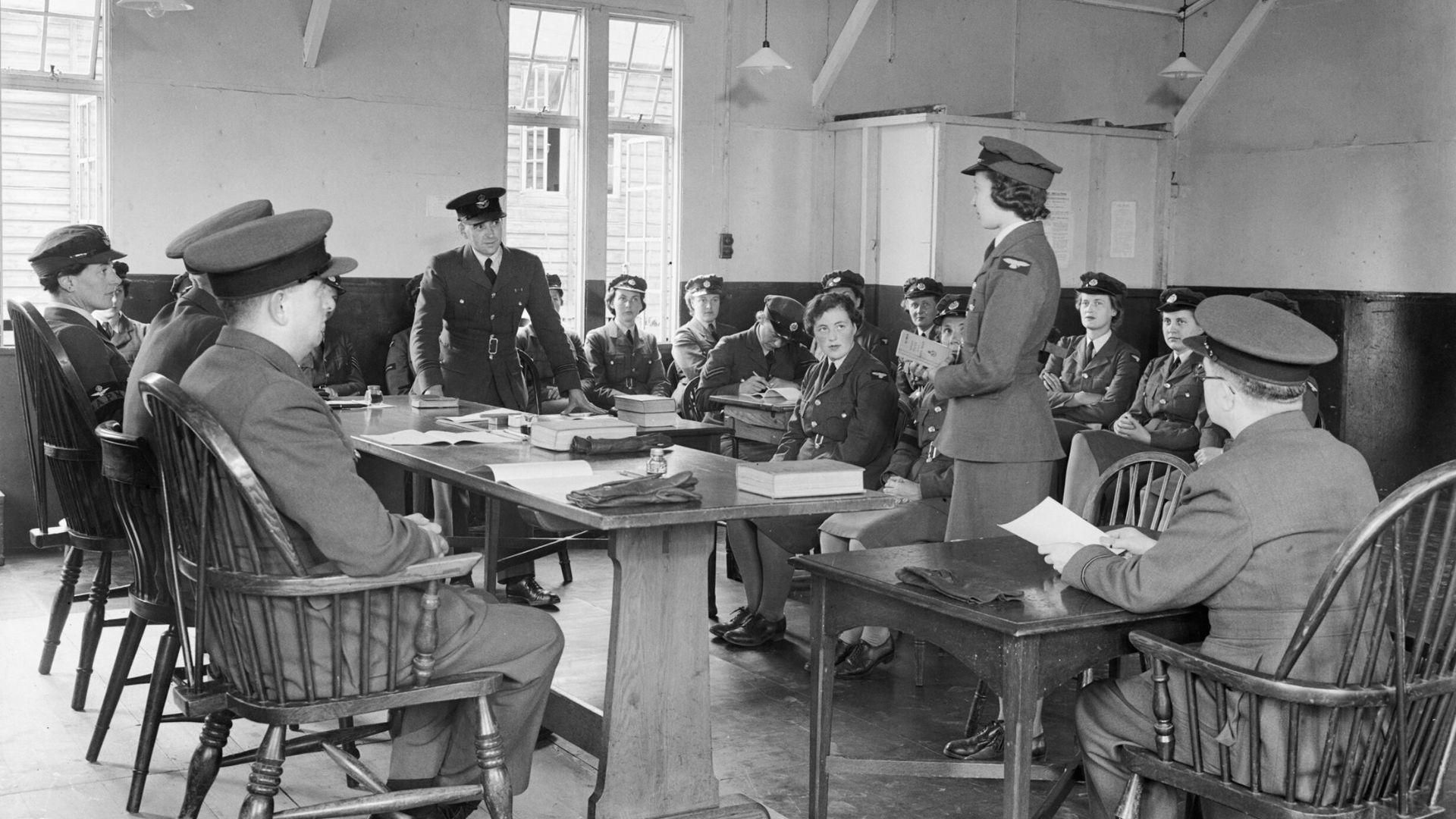
Source: Public Domain/Wikimedia Commons
Though some of these critics sent these harsh words up top, it didn’t end up hurting Khan’s chances of being sent out in the field. By the summer of 1943, she became the first female wireless operator to enter enemy territory. At this time, she was given the codename Madeleine.
Khan Heads to France
By 1943, Khan was in France to help support the local French Resistance. Specifically, she was tasked with helping the Prosper network. She would work with this network while communicating with Britain secretly.
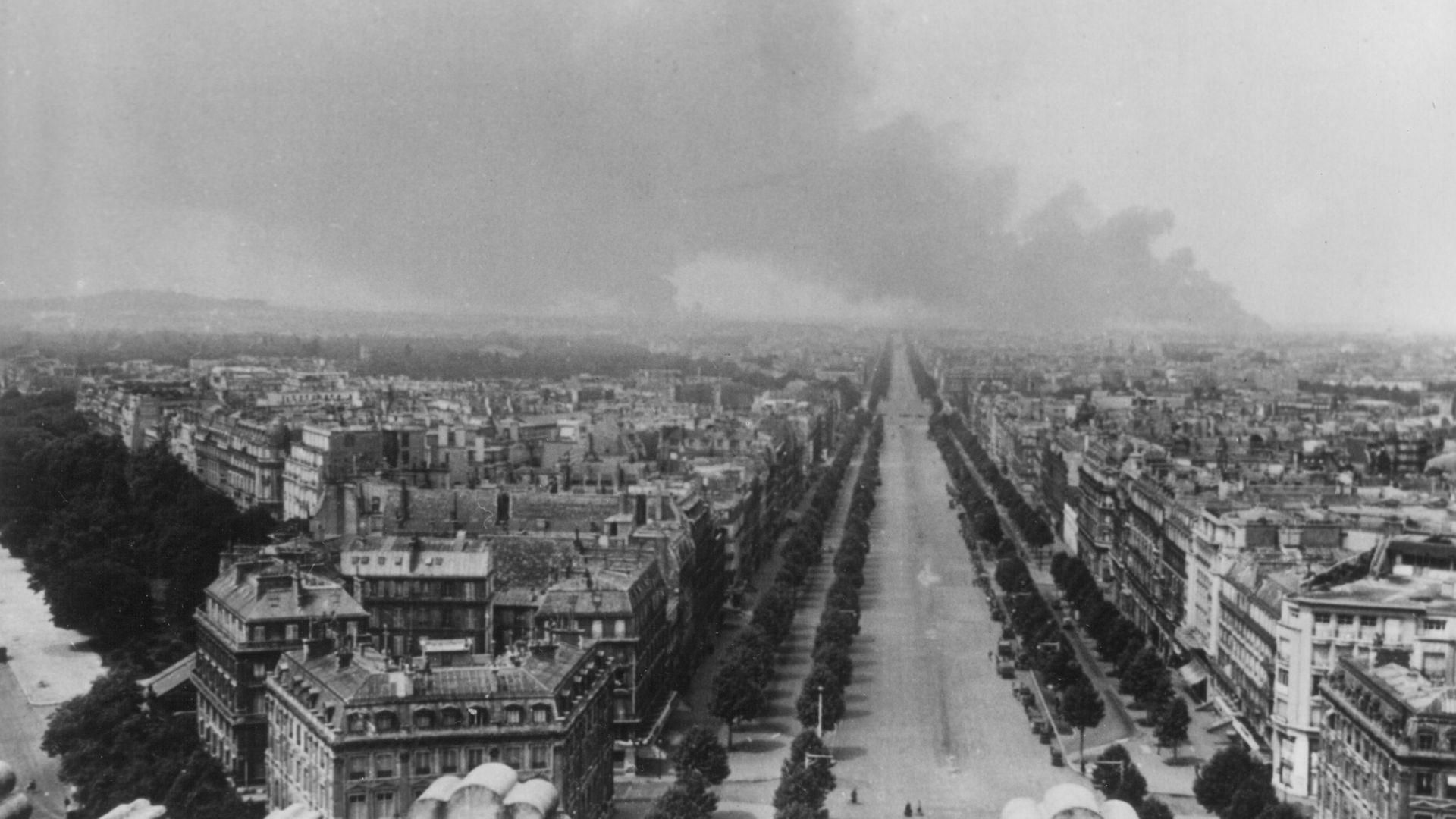
Source: Public Domain/Wikimedia Commons
As working as a wireless operator in enemy territory was an incredibly dangerous job, Khan quickly found her life at risk.
French Resistance Against the Nazis
The populace of German-occupied France received a boost of awareness of their plight from General Charles de Gaulle, whose speech was broadcast from the BBC in June 1940.
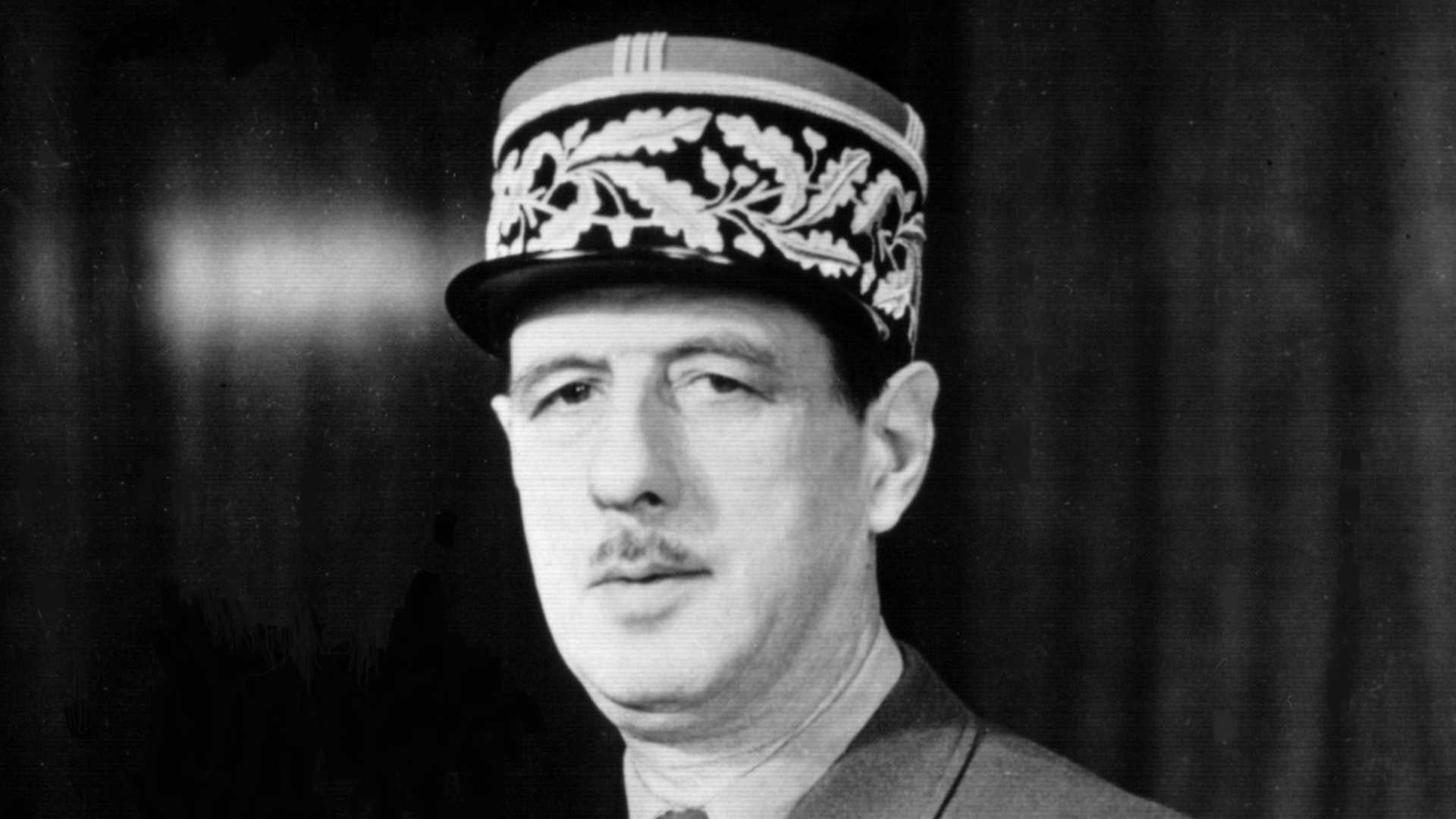
Source: Wikimedia
The residents of France had previously been demoralized by the lightning-fast Nazi advance that had seen France fall in only six weeks. De Gaul was a French nationalist and his words over the radio would inspire an intense resistance campaign from within France.
Free French Citizens Rally
After De Gaulle’s first broadcast, his speech was rebroadcast to a wider audience, which saw Winston Churchill declare him “the leader of all Free Frenchmen, wherever they may be.” De Gaulle continued to deliver more broadcasts thanks to the help of the BBC.
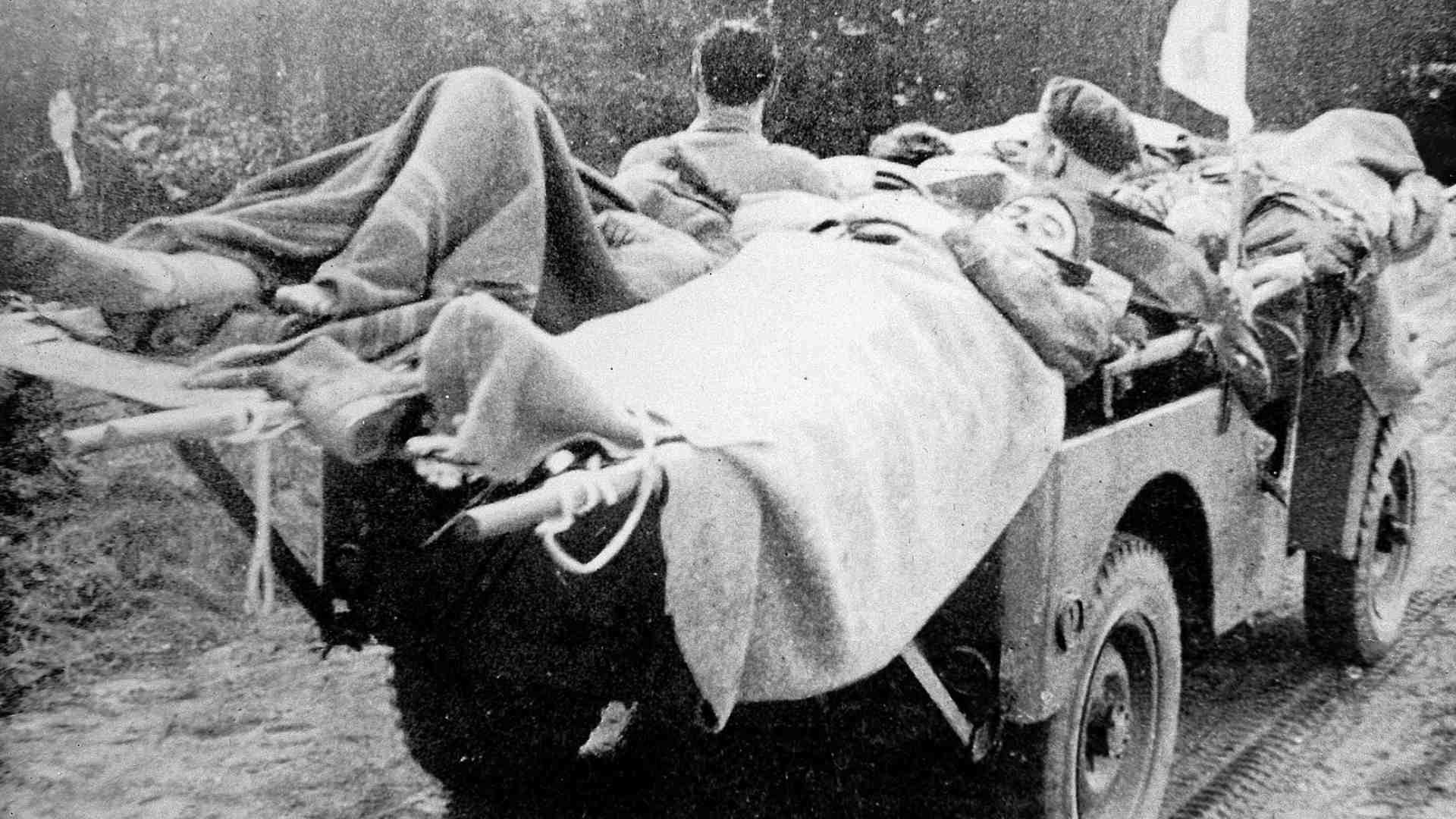
Source: Wikimedia
The French resistance was coordinated over long distances, with the BBC allotting five minutes every day for resistance fighters broadcasting to France to relay instructions and raise morale. Positive news was also broadcast in French to counter Naz propaganda.
Resistance on the Ground
Khan’s training was helpful to resistance efforts on the ground in France. She had received spy training on handling guns, breaking locks, and remaining hidden.

Source: U.S. National Archives and Records Administration/Wikimedia
She had been instructed on how to appear as a normal French person living in occupied France and about the various designations on German uniforms so she could properly identify enemies.
Largest SOE Circuit
Khan’s operations took her to Paris alone, where she hooked up with the largest SOE circuit in Europe called Prosper.
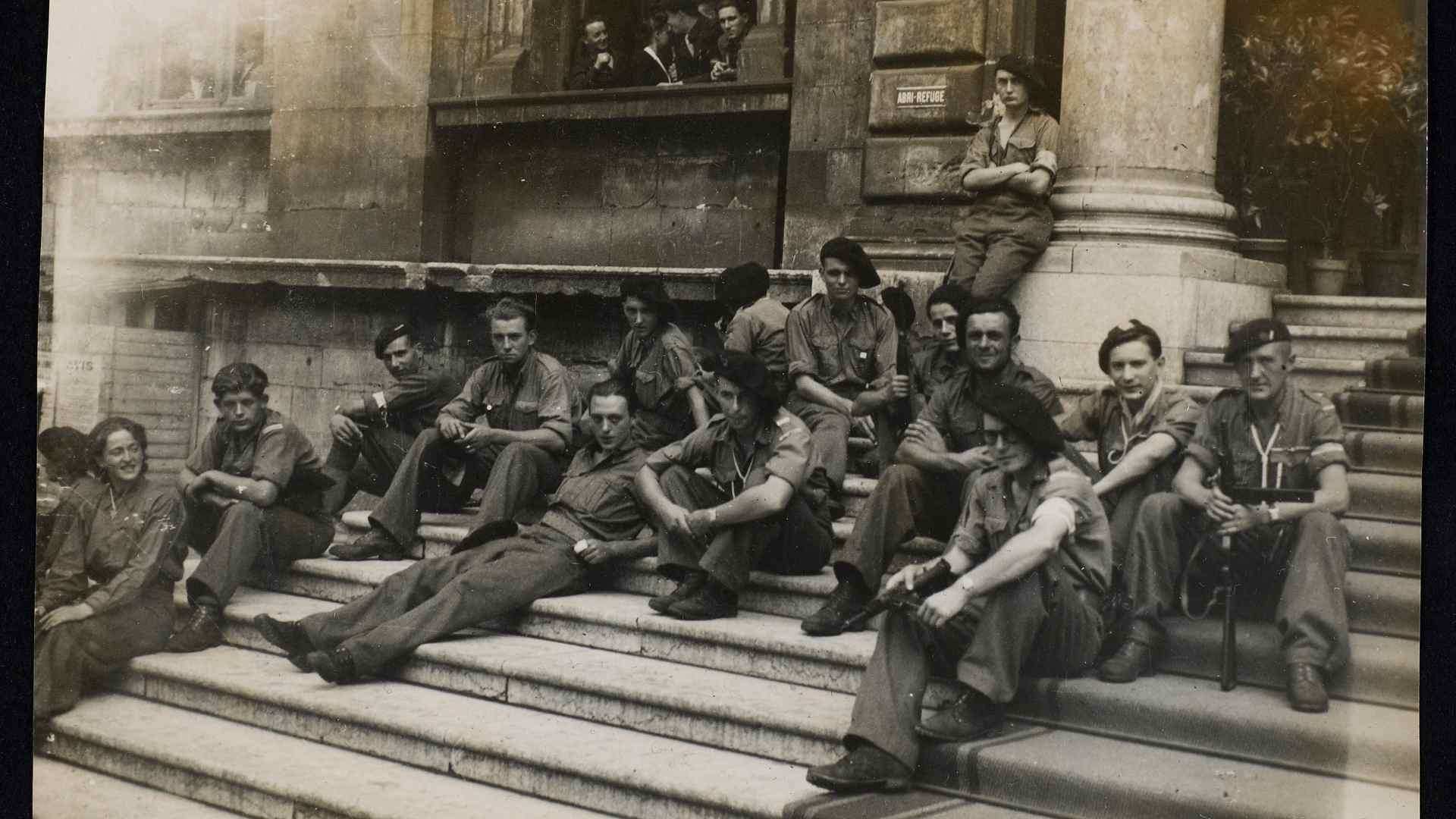
Source: Wikimedia
According to the Second World War Experience Centre, Propser was headed by Francis Suttill a barrister from England. Her direct superior was a man named Henri Garry, a Frenchman who was recruited into the circuit locally. She began operations right away with her transmissions starting within 72 hours of her arrival in the country.
Immediate Disaster
Unfortunately for Khan, only a week into the start of her operations things unraveled. The Propser circuit was found out and infiltrated by the Gestapo, who captured all of the top operatives who were working to fight Germany.

Source: Wikimedia
Khan herself was able to avoid capture, but she was forced into extreme hiding. Despite the circumstances, she continued her mission in any way she could.
The Chase is On
Khan was a master at evading the authorities while continuing her radio broadcasts in secret. Her spy training served her well, at one point even tricking a German officer into helping her listen to the radio.

Source: Wikimedia
Her success as an agent stunned her superiors in London. This was because she was able to work for three months in such conditions while many radio operators only lasted two weeks. (Via Second World War Experience Centre)
The Gestapo Closes in on Khan
Though the Gestapo had managed to infiltrate the Prosper network, Khan was still elusive to them, despite them hearing her voice on broadcasts. The Gestapo tried to catch her, but she managed to stay out of their reach.
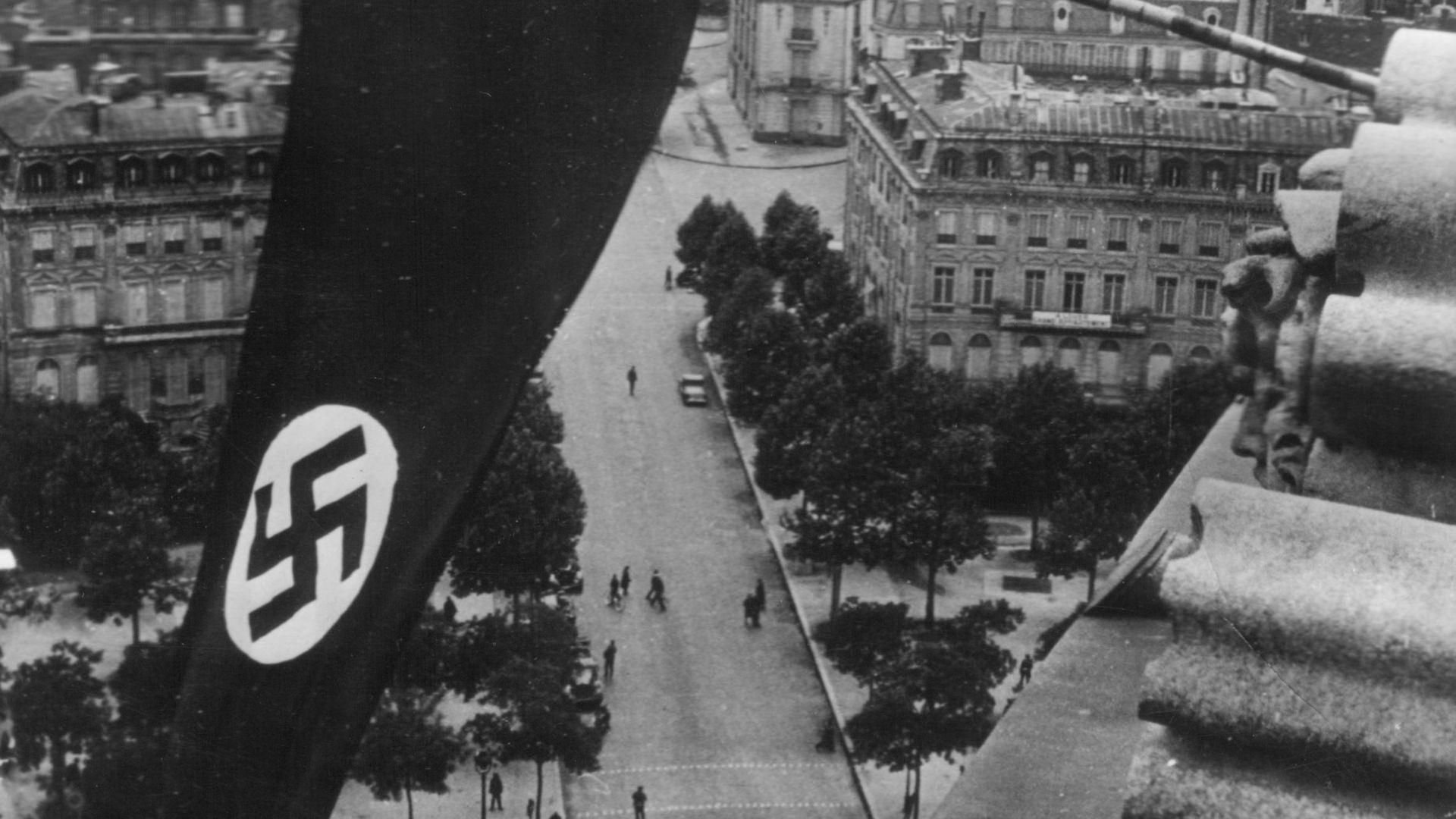
Source: Public Domain/Wikimedia Commons
Though she tried her best to evade the Nazis — at one point even dying her hair blonde — the Gestapo eventually caught her in October. Various stories have floated around about how she was caught, but most believe she was betrayed by someone. One story says she was caught because she was wearing all blue, a color the Nazis knew she loved.
Khan’s Mistake
The day Khan was caught, the Gestapo also found her papers and notebooks of coded messages — messages that Khan was supposed to have burnt and not kept. This allowed the Nazis to impersonate Khan, luring the SOE to send more agents to Paris.
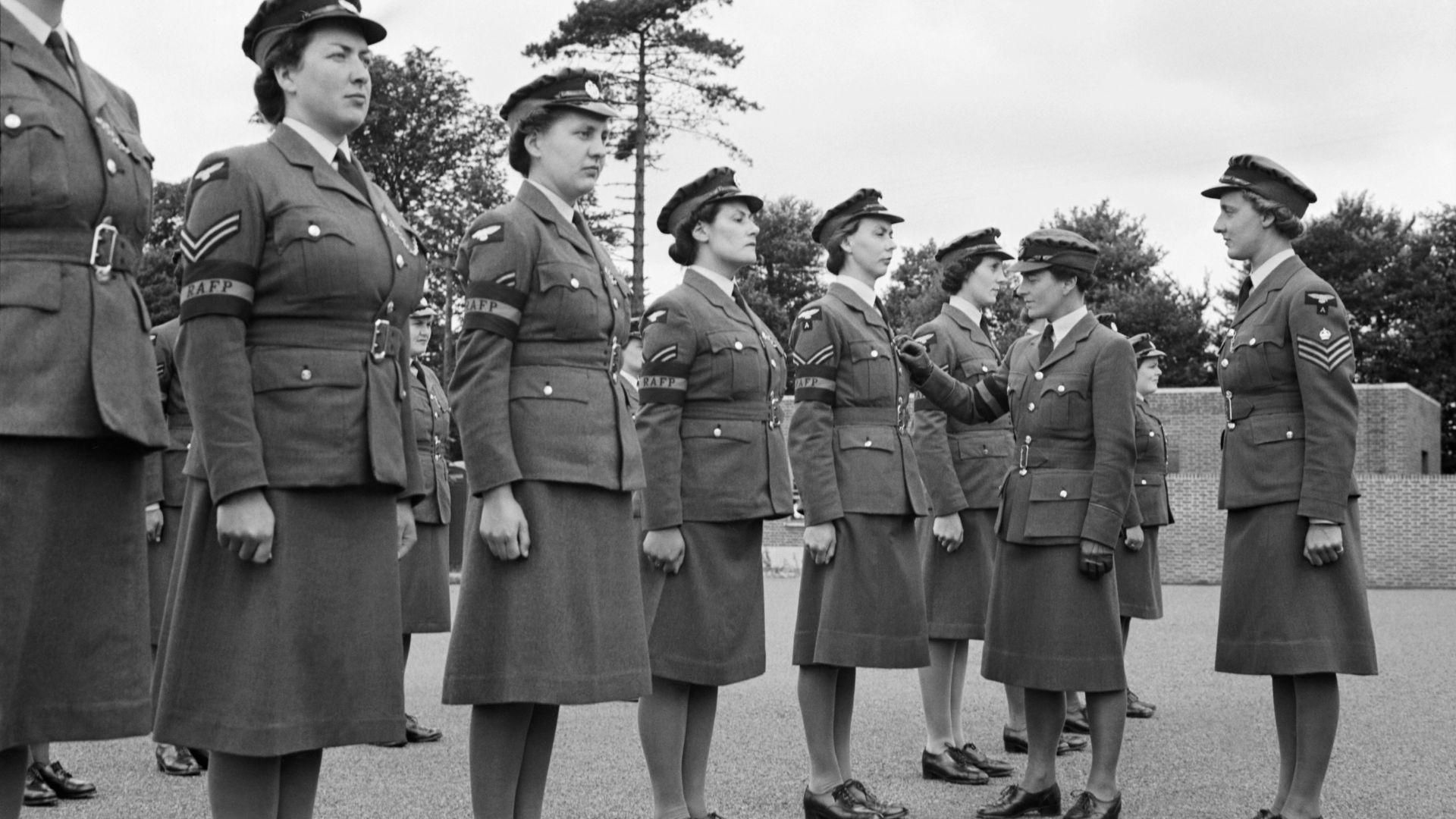
Source: Public Domain/Wikimedia Commons
The SOE would send 167 more agents to France during this time, unaware that their agents were walking into a trap. This led to many of these agents being arrested and killed.
Khan’s Death and Legacy
Though Khan was almost successful in escaping from captivity at two different times, her health eventually began to decline because of her treatment. After a year of living in prison, she was sent to the Dachau concentration camp where she was tortured before being executed.
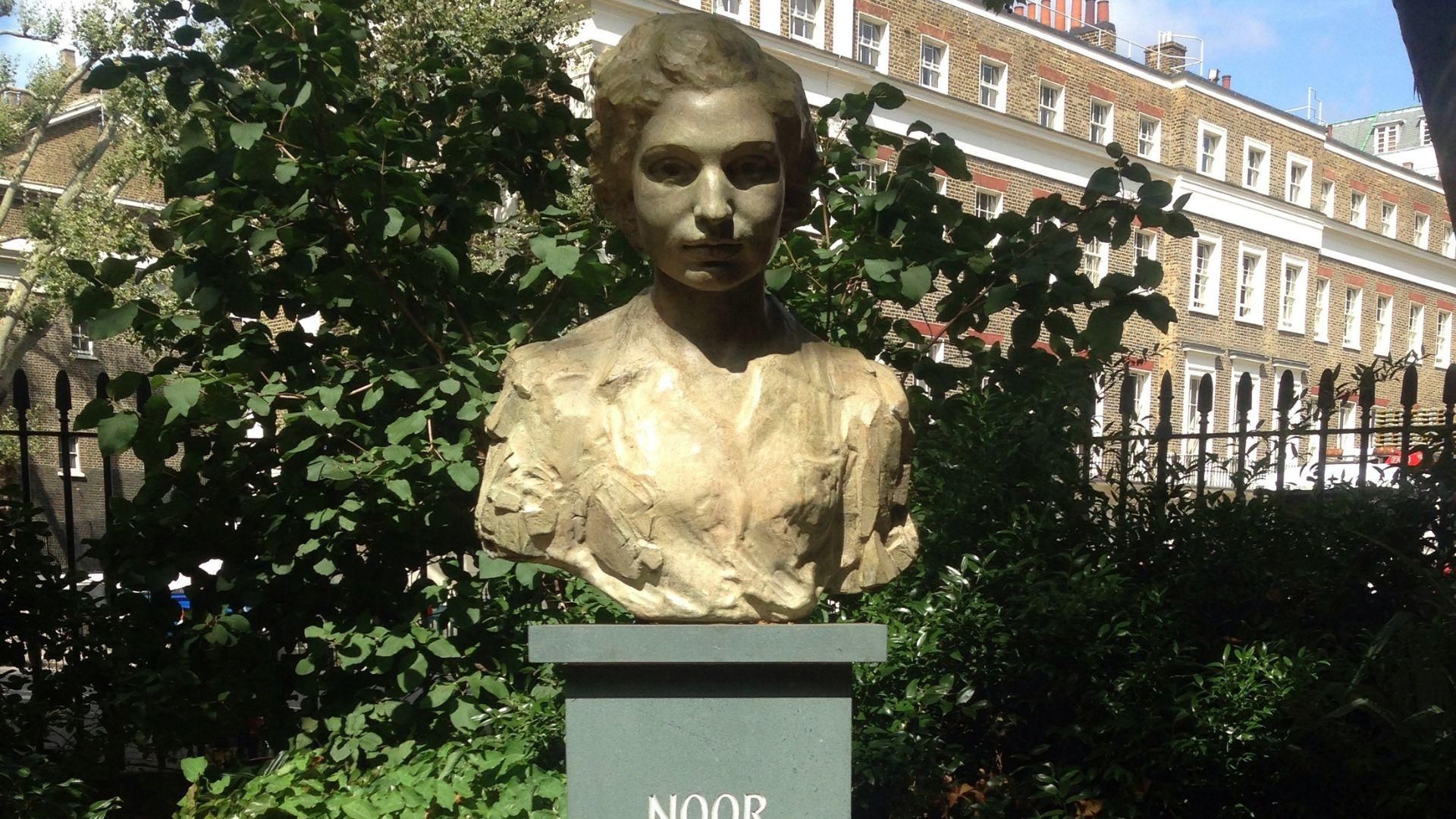
Source: No Swan So Fine/Wikimedia Commons
Khan died when she was only 30 years old. Though her untimely death reveals the atrocities of the Nazis during this time, the legacy of her bravery remains. To this day, she is thought to have been instrumental in aiding the eventual success of D-day. Her courage to stay in Paris when nearly no one else would has also stood the test of time.
